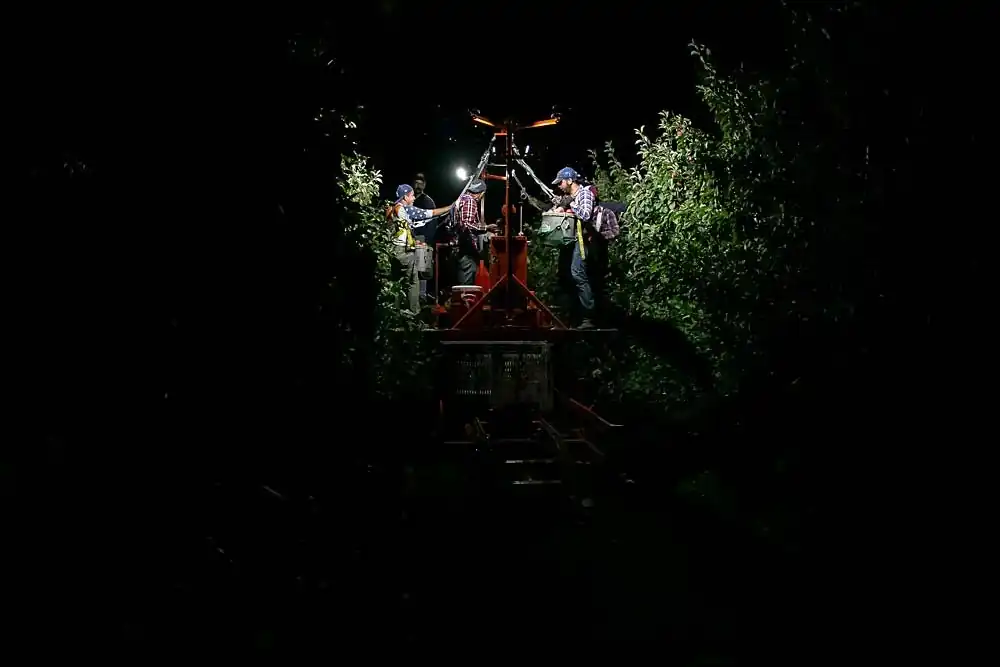There are many technologies that can be used to extend as much as possible the storage period of cherries, including controlled and modified atmosphere packing, hypobaric pressure storage, pre-cooling, heat treatments, radio frequency and microwaves. These methods make it possible to control physiological disorders and diseases caused by biotic factors, the main cause of post-harvest cherry quality loss.
A new alternative may be ultraviolet (UV) light exposure, which has been approved by the U.S. Food and Drug Administration (FDA) for post-harvest treatment of fresh fruits and vegetables.
This treatment is used to control microorganisms on food, as it induces resistance to pathogens, delays ripening, and consequently increases shelf life. When microorganisms on the surface of fruits are exposed to UV light, the pathogens' DNA is degraded, causing structural damage to cells that subsequently leads to pathogen death.
UV exposure stimulates the biosynthesis of compounds such as phytoalexins, which act as a barrier against future infections. In addition, UV-C treatment increases the activity of enzymes effective in the plant defense mechanism, thereby inhibiting bacterial growth. At the University of Selcuk (Turkey), researchers studied the effects of UV-C light treatments and modified atmosphere packaging on the quality of fruits of the cherry variety "0900 Ziraat" during a period of cold storage.
In this study, carried out in 2018 and 2019, fruits were divided into six groups, each characterized by a different treatment: (1) control in plastic containers, (2) modified atmosphere packaging (Xtend®), (3) 5-minute UV-C exposure, (4) 10-minute UV-C, (5) 20-minute UV-C, and (6) 30-minute UV-C exposure.
Cherries were then stored for 35 days at 1°C with 90% relative humidity. Every 7 days during the cold storage period until the end of the trial, quality analyses were performed on the fruits from each of the 6 different theses.
Control fruits experienced the greatest weight loss, followed by those packed with modified atmosphere, while those exposed to 10 minutes of UV-C showed the least in both years. In addition, 10 minutes of UV-C exposure contributed positively to the maintenance of high flesh firmness values in both years.
Other parameters such as peduncle chlorophyll content, titratable acidity and total phenolic content were also better preserved by this treatment than the control fruits.
Thus, the 10-minute UV-C treatment produced the most promising results, while the 5-minute UV-C treatment was not sufficient to safeguard the quality parameters. In contrast, the 30-minute UV-C treatment was deemed inadequate because it induced browning, particularly in the fruit stalk.
In conclusion, 10 minutes of UV-C treatment in postharvest can be recommended to prolong the quality of '0900 Ziraat' cherries by reducing weight loss and delaying the physical and biochemical changes that occur during storage.
Melissa Venturi
Università di Bologna (IT)
Cherry Times - All rights reserved












